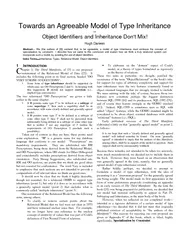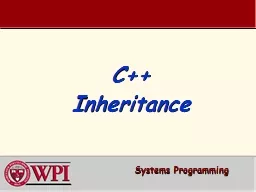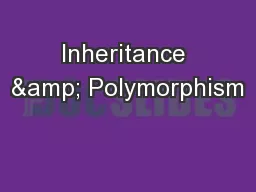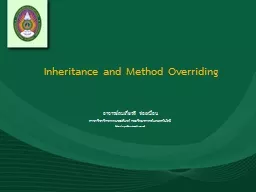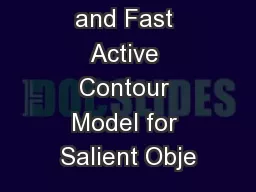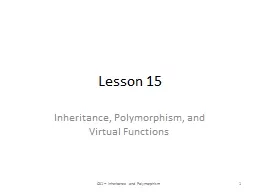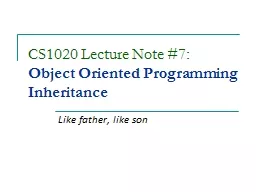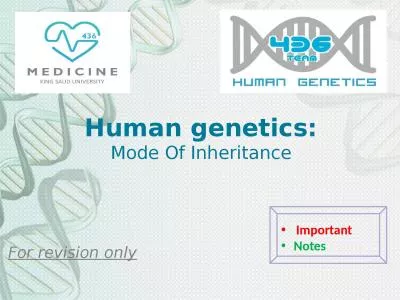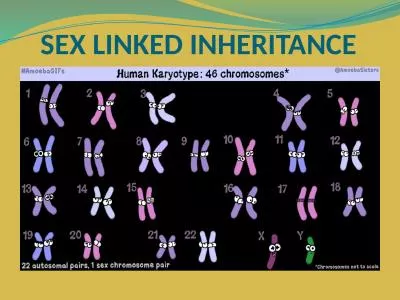PDF-Towards an Agreeable Model of Type Inheritance or Obje
Author : tatyana-admore | Published Date : 2015-04-24
I describe how we came to this conclusion and explain how we think a truly relational system can incorporate such a model by avoiding the use of object identifiers
Presentation Embed Code
Download Presentation
Download Presentation The PPT/PDF document "Towards an Agreeable Model of Type Inher..." is the property of its rightful owner. Permission is granted to download and print the materials on this website for personal, non-commercial use only, and to display it on your personal computer provided you do not modify the materials and that you retain all copyright notices contained in the materials. By downloading content from our website, you accept the terms of this agreement.
Towards an Agreeable Model of Type Inheritance or Obje: Transcript
Download Rules Of Document
"Towards an Agreeable Model of Type Inheritance or Obje"The content belongs to its owner. You may download and print it for personal use, without modification, and keep all copyright notices. By downloading, you agree to these terms.
Related Documents

